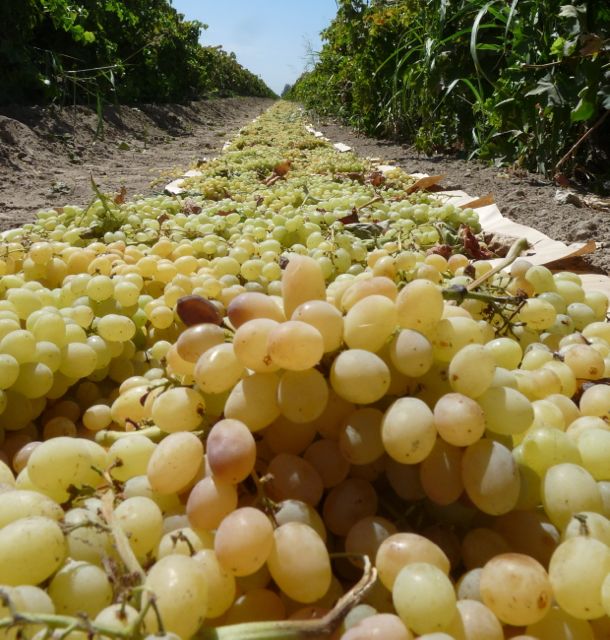2018 Raisin Price Still in Limbo
Discussions Continue Over Raisin Price
News Release Edited by Patrick Cavanaugh
The Board of Directors of the Fresno-based Raisin Bargaining Association have offered to sell the 2018 Natural Seedless Raisin Crop for $2,250.00 per ton. Also, the board has offered to sell both the 2018 & 2019 crops for $2,150.00 per ton. This 2-year Memorandum of Understanding (M.O.U.) at $2,150.00 per ton has safeguards in it for the second year in case there are changes that could force the raisin price to go higher or lower, with a lower bottom not to fall below $2,000.00 per ton.
Last year, they had 12 signatory packers agree to the M.O.U. negotiated at $1,800.00 per ton. This year, they have been instructed that Sun-Maid has rejected both the $2,250.00 one year contract and the $2,150.00 two year contract. They have also advised the RBA to try and move the 2,000 tons of RBA growers to other packers, which we are in the process of doing.
Of the remaining 11 packers, 6 have agreed to accept the $2,150.00 2-year plan. Those six packers are Central California Packing Company, Chooljian Brothers Packing Company, Inc., Del Rey Packing Company, National Raisin Company, River Ranch Raisins, LLC., and Sun Valley Raisins, Inc.
The 5 remaining packers who have rejected both the one year price at $2,250.00 per ton and the $2,150.00 per ton two-year M.O.U. include: Boghosian Raisin Packing Company, Inc., Caruthers Raisin Packing Company, Inc., Fresno Cooperative Raisin Growers, Inc., Lion Raisins, and Victor Packing Company.
In the discussion with the packers who have not agreed to M.O.U. terms, their arguments were that the $2,250.00 price was too high and the $2,150.00 price was acceptable but not for 2 years. Discussions will continue until Friday, October 12. For updates please go to our website at www.RaisinBargainingAssociation.com and click on the “From the Office” tab.















